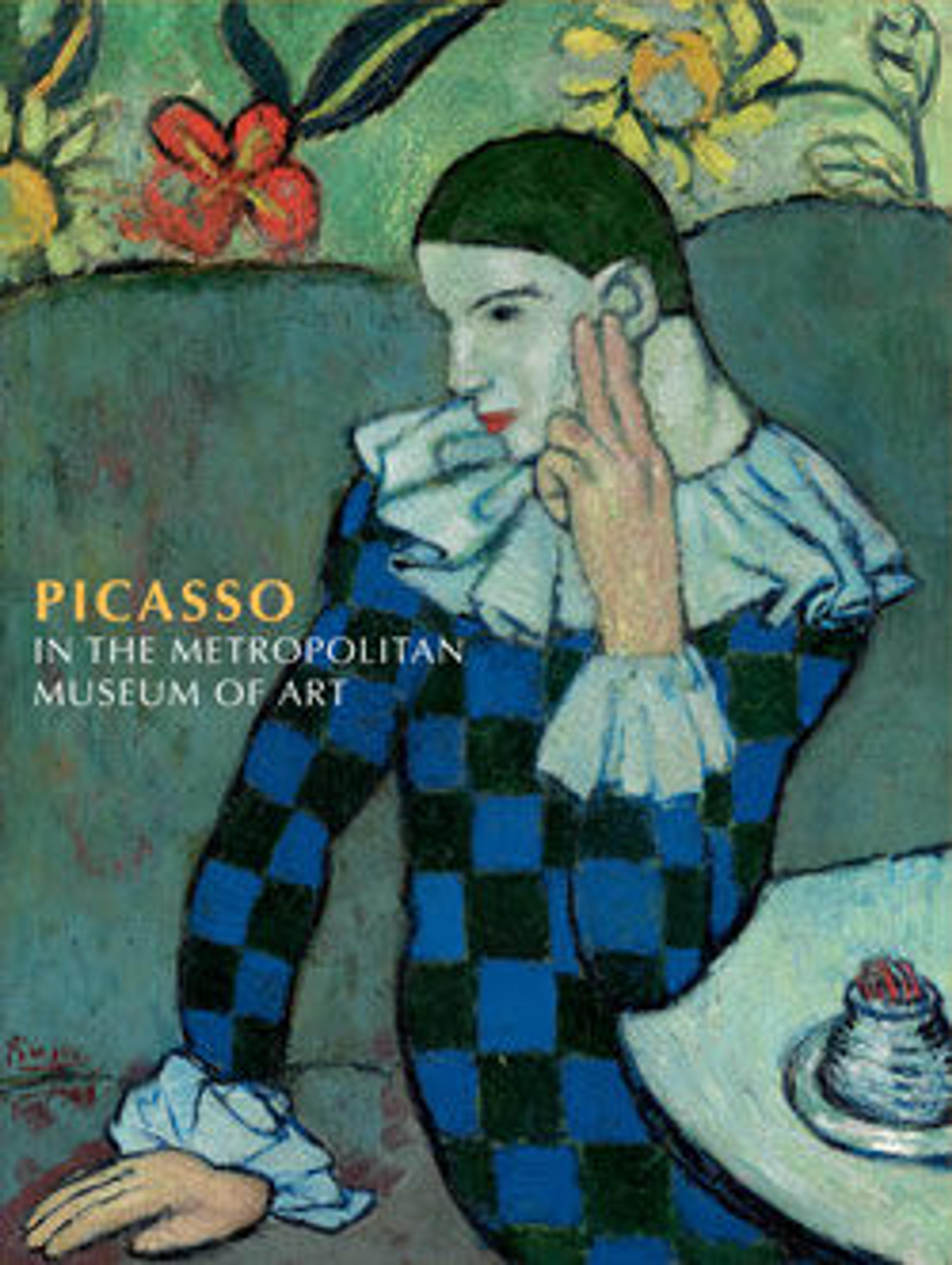Mother and Child on a Bench
Although it is possible that this pastel was made for Picasso's June 1901 exhibition at the Galerie Vollard, its grim sensibility points to the second half of 1901. The strong contours and graphic use of pastel betray Picasso's close study of Théophile-Alexandre Steinlen (1859-1923) and Henri-Gabriel Ibels (1867-1936), two French illustrators who specialized in social realism and often drew on the imagery of Montmartre and its street culture. Like Picasso, Ibels exhibited at Vollard's. Both modeled their art on the vast repertoire of social commentary in the work of Honoré Daumier (1808-1979), which was much in evidence in Paris after a large retrospective was held at the École des Beaux-Arts in the summer of 1901. It is also worth noting that the German artist Käthe Kollwitz (1867-1945), who recognized a kindred consciousness in Picasso, bought a picture from the show at Vollard's.
Artwork Details
- Title: Mother and Child on a Bench
- Artist: Pablo Picasso (Spanish, Malaga 1881–1973 Mougins, France)
- Date: 1901
- Medium: Pastel on paper
- Dimensions: 22 1/2 x 19 3/8 in. (57.2 x 49.2 cm)
- Classification: Drawings
- Credit Line: Bequest of Donald M. and Mary P. Oenslager, 1996
- Object Number: 1996.441
- Rights and Reproduction: © 2025 Estate of Pablo Picasso / Artists Rights Society (ARS), New York
- Curatorial Department: Modern and Contemporary Art
More Artwork
Research Resources
The Met provides unparalleled resources for research and welcomes an international community of students and scholars. The Met's Open Access API is where creators and researchers can connect to the The Met collection. Open Access data and public domain images are available for unrestricted commercial and noncommercial use without permission or fee.
To request images under copyright and other restrictions, please use this Image Request form.
Feedback
We continue to research and examine historical and cultural context for objects in The Met collection. If you have comments or questions about this object record, please contact us using the form below. The Museum looks forward to receiving your comments.
